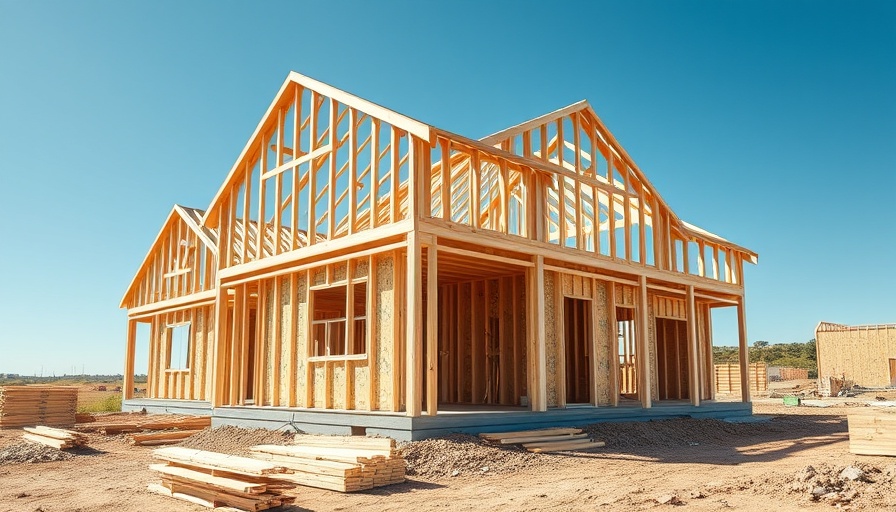
New Perspectives on Newly Built Homes
Do you believe that a brand-new home inevitably comes with a hefty price tag? It might be time to reconsider your assumptions. Recent trends in the housing market reveal a compelling reality: newly built homes may often be less expensive than their older counterparts. According to reports from the Census and the National Association of Realtors (NAR), the median price for newly constructed homes has fallen below that of existing homes, presenting a unique opportunity for buyers.
Understanding the Shift in Home Prices
Why are newly built homes becoming more affordable? One key reason lies in the size of these homes. Builders are responding to the growing concern about housing affordability by constructing smaller homes that use fewer materials, thereby reducing construction costs. The data shows a notable decrease in the average size of newly built single-family homes over recent years. A smaller footprint not only lowers the price but also attracts buyers who might have found larger homes out of reach.
The Impact of Discounts and Incentives
Additionally, builders are actively striving to sell their existing inventory by offering price reductions and attractive incentives. Recent statistics from the National Association of Home Builders (NAHB) indicate that approximately 34% of builders have slashed their prices, with an average drop of around 5%. Builders are also offering incentives such as assistance with closing costs or mortgage rate buy-downs, making these new homes even more appealing.
Advice for Real Estate Agents and Buyers
As a real estate agent, your role is crucial in helping prospective buyers navigate this evolving market. Engage with your clients to explore the incentives offered by local builders and identify communities where new homes are being constructed. Ensure your clients are aware of the unique steps involved in purchasing a newly built home compared to an existing one. Providing thorough guidance can help buyers feel confident in their decision-making process.
A Modern Approach to Home Buying
The bottom line is clear: buyers shouldn't overlook the advantages offered by newly built homes. With the combination of lower prices, modern features, and various incentives, new homes can provide an attractive option for first-time buyers and those looking to downsize or upgrade. Encourage your clients to explore these opportunities and consider how a newly built home could align with their needs.
Inspiring Change in the Housing Market
As market dynamics shift, so too should our perceptions and strategies. There has never been a better time to challenge the myths surrounding home buying. Are you ready to help your clients discover the benefits of newly built homes? Engage with them about these options and watch as they open doors to possibilities they never thought feasible.
 Add Row
Add Row  Add
Add 




Write A Comment